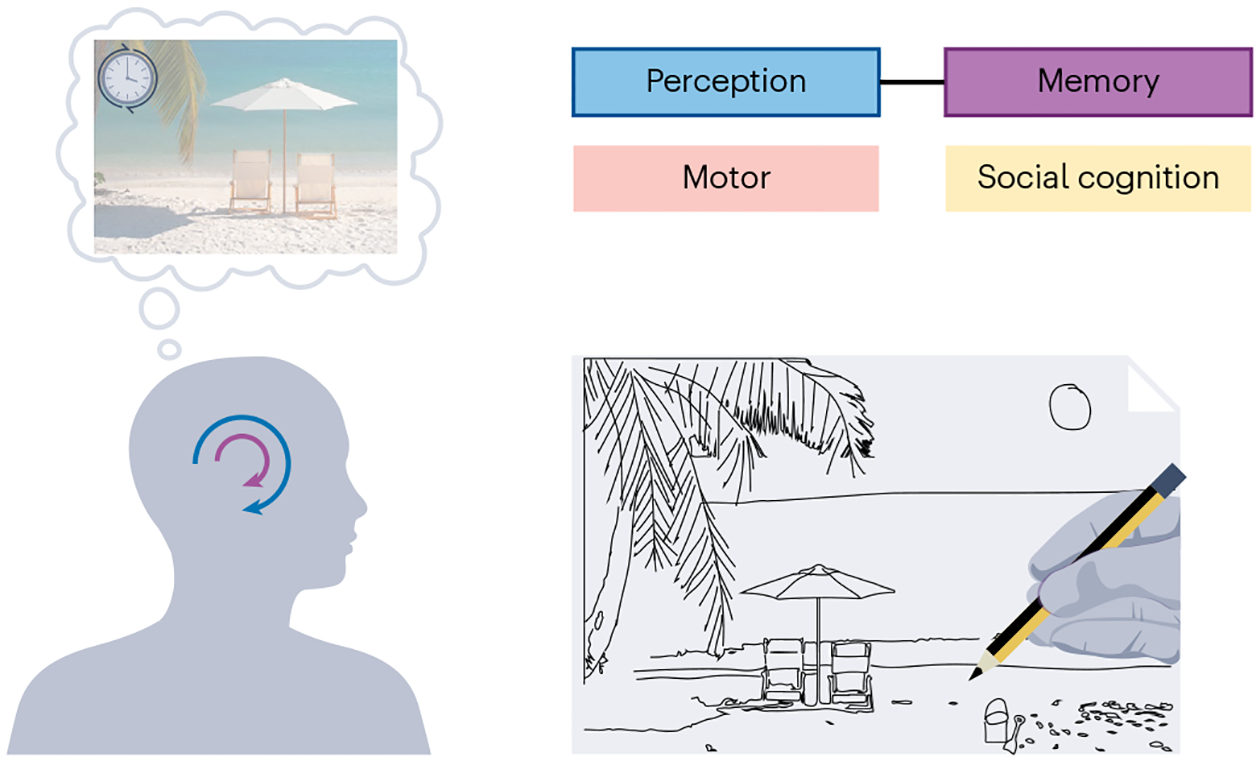Fig. 2 |. Drawing from memory and knowledge.

When an individual has the goal of producing a drawing based on their prior experience, the resulting drawing is subject to perceptual distortions as well as memory decay and biases from semantic knowledge. Here, a beach scene drawn from memory is subject to boundary expansion and the addition of objects that were not present in the original scene. The clock symbol indicates the passage of time between initial viewing of the scene and subsequent recall during drawing production. The contribution of social cognition is modest relative to those of memory and perception. Although motor processes are recruited, they serve to externalize the product of interactions between perception and memory, rather than to influence ongoing cognitive processes.
